Archives
- 2025-11
- 2025-10
- 2025-09
- 2025-04
- 2025-03
- 2025-02
- 2025-01
- 2024-12
- 2024-11
- 2024-10
- 2024-09
- 2024-08
- 2024-07
- 2024-06
- 2024-05
- 2024-04
- 2024-03
- 2024-02
- 2024-01
- 2023-12
- 2023-11
- 2023-10
- 2023-09
- 2023-08
- 2023-06
- 2023-05
- 2023-04
- 2023-03
- 2023-02
- 2023-01
- 2022-12
- 2022-11
- 2022-10
- 2022-09
- 2022-08
- 2022-07
- 2022-06
- 2022-05
- 2022-04
- 2022-03
- 2022-02
- 2022-01
- 2021-12
- 2021-11
- 2021-10
- 2021-09
- 2021-08
- 2021-07
- 2021-06
- 2021-05
- 2021-04
- 2021-03
- 2021-02
- 2021-01
- 2020-12
- 2020-11
- 2020-10
- 2020-09
- 2020-08
- 2020-07
- 2020-06
- 2020-05
- 2020-04
- 2020-03
- 2020-02
- 2020-01
- 2019-12
- 2019-11
- 2019-10
- 2019-09
- 2019-08
- 2019-07
- 2019-06
- 2019-05
- 2019-04
- 2018-11
- 2018-10
- 2018-07
-
br Introduction Hexokinase HK is an enzyme that catalyses th
2022-02-28

Introduction Hexokinase (HK) is an enzyme that catalyses the transfer of phosphate from ATP to glucose in the first step of glucose metabolism (Wilson, 1995, Wilson, 2003). In mammalian, HK has four important isozymes which are designated as HK1, HK2, HK3 and HK4 (Wilson, 1995, Wilson, 2003). HK1
-
The following are the supplementary data related to this art
2022-02-28
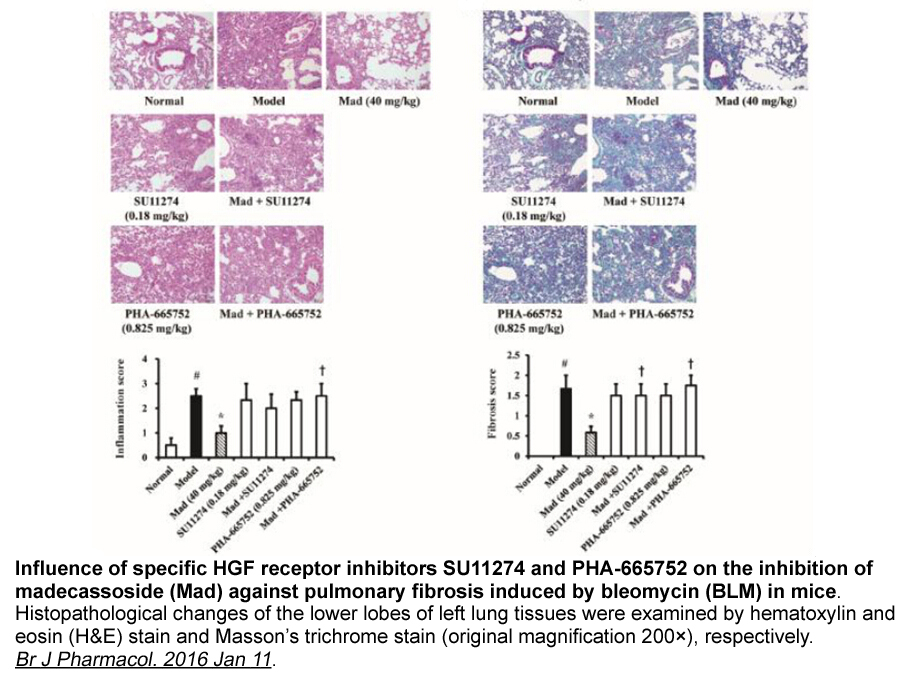
The following are the supplementary data related to this article. Introduction Target therapies have achieved significant gains in the fight against cancer, however, they are still a long way from providing generally curative treatments for the majority of cancers. Targeted agents can be used wi
-
We report herein an electrochemical analysis of the interact
2022-02-28

We report herein an electrochemical analysis of the interaction between L1 and sGC, where conventional solution phase voltammetry is combined with a novel technique, the voltammetry of microparticles (VMP), in order to obtain mechanistic information on the deactivation of sGC by L1. The VMP is a sol
-
The present studies show that despite the
2022-02-26
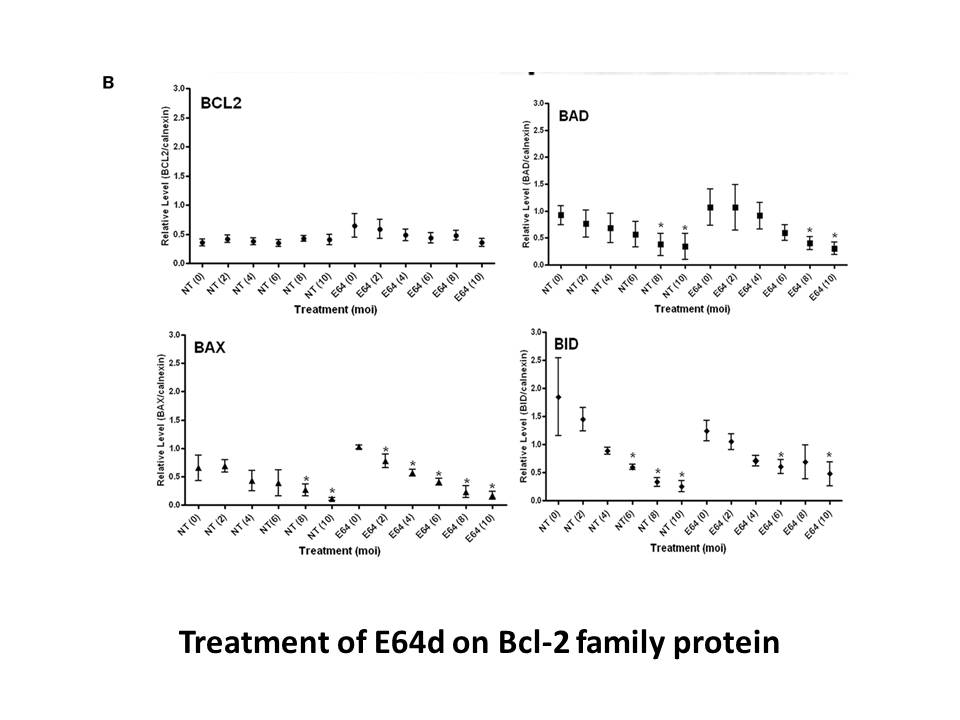
The present studies show that, despite the high level of GSTP1-1 achieved in transfected cells, GSTP1-1 expression has no effect on sensitivities to the cytotoxicities of the oxazaphosphorines 4-OH-CP, 4-OOH-CP, and maf in MCF7 DBIBB (Fig. 4). The failure of GSTP1-1 to augment resistance indicates
-
In this study we demonstrated that while Cu I
2022-02-26
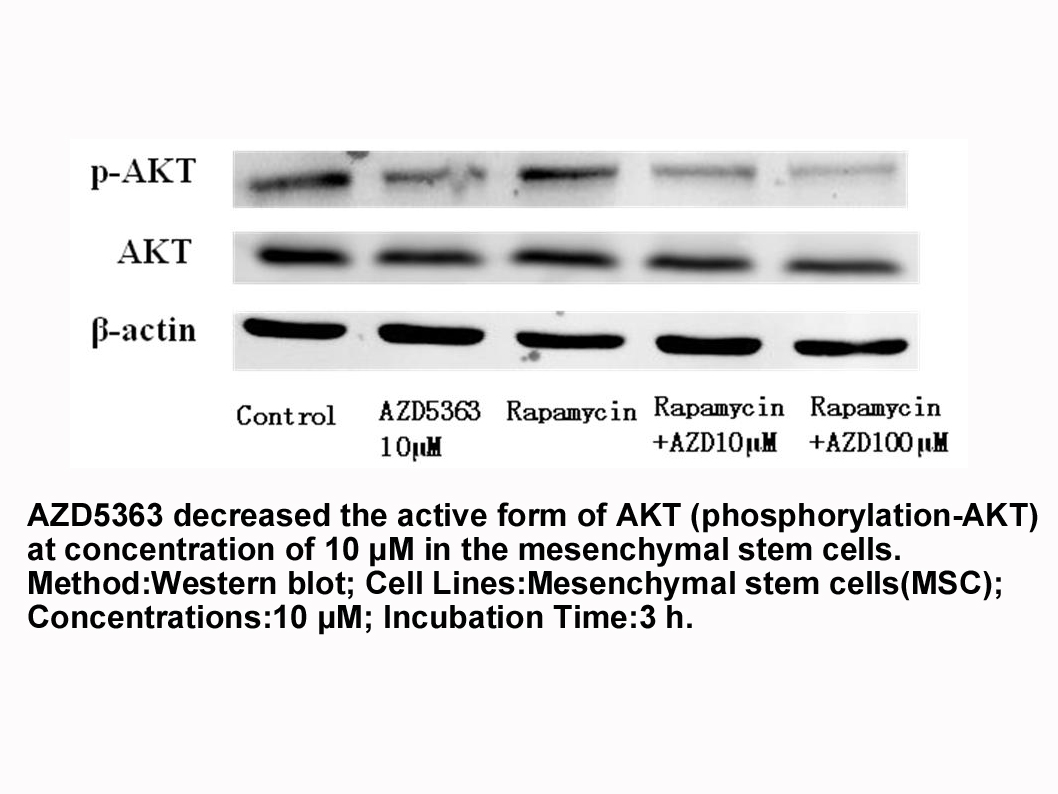
In this study, we demonstrated that while Cu(I) does not affect LPS induced iNOS Seratrodast australia it inhibits NO release from microglia. Cu(I)-induced GSNOR inhibition and GSNO depletion is more in line with alternative (non-inflammatory) polarization. These results extend our previous finding
-
br Lysophosphatidylinositol LPI LPI is
2022-02-26

Lysophosphatidylinositol (LPI) LPI is a subspecies of lysophospholipid consisting of inositol as its head group, one glycerol molecule and one acyl chain (Piñeiro and Falasca, 2012). The biosynthesis of this lipid starts from Phosphatidylinositol (PI) and is catalysed by the enzymes phospholipase
-
Results indicated that superfusion of
2022-02-26
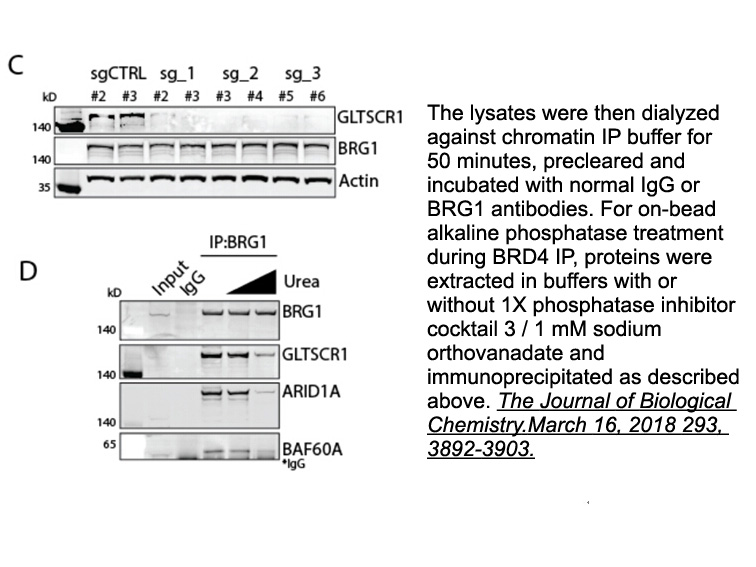
Results indicated that superfusion of orexin alone, glutamate alone or orexin-glutamate co-administration significantly increases the spontaneous discharge rate of LC neurons in both morphine dependent and non-dependent rats (Fig. 2, Fig. 3). However, co-application of orexin and glutamate resulted
-
An increased sympathetic tone and the hormone glucagon are t
2022-02-26
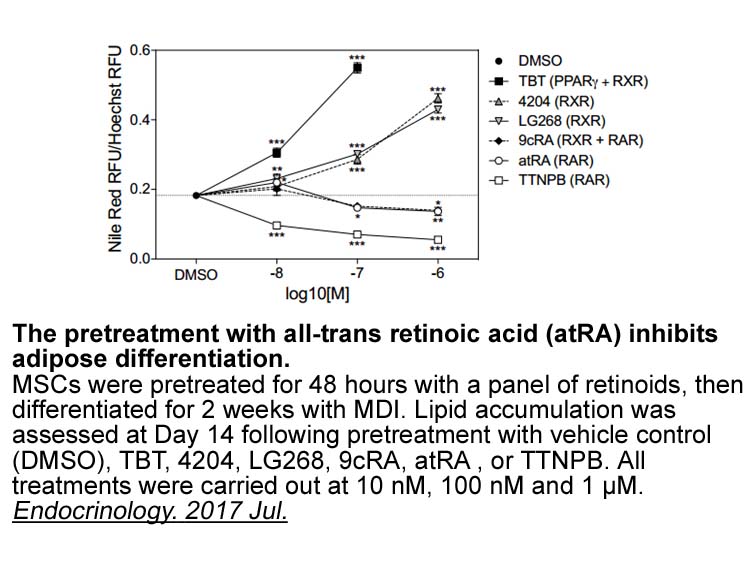
An increased sympathetic tone and the hormone glucagon are the main glucose mobilizing factors [28], [29]. Single-cell transcriptome analysis of human islet cells suggests the expression of Ffar1 not only in β-cells but also in α-cells [30]. Moreover, analysis of rat α-cells indicates that FFAR1 exp
-
For functional metagenomics based gene screening
2022-02-26

For functional metagenomics-based gene screening, the DNA library construction approach is widely used . Fosmid and cosmid libraries are usually used to explore novel genes. Lee et al. reported that a halotolerant and protease-resistant α-galactosidase was identified from the gut metagenome of , a
-
In addition to the four classical FGFRs there is
2022-02-26
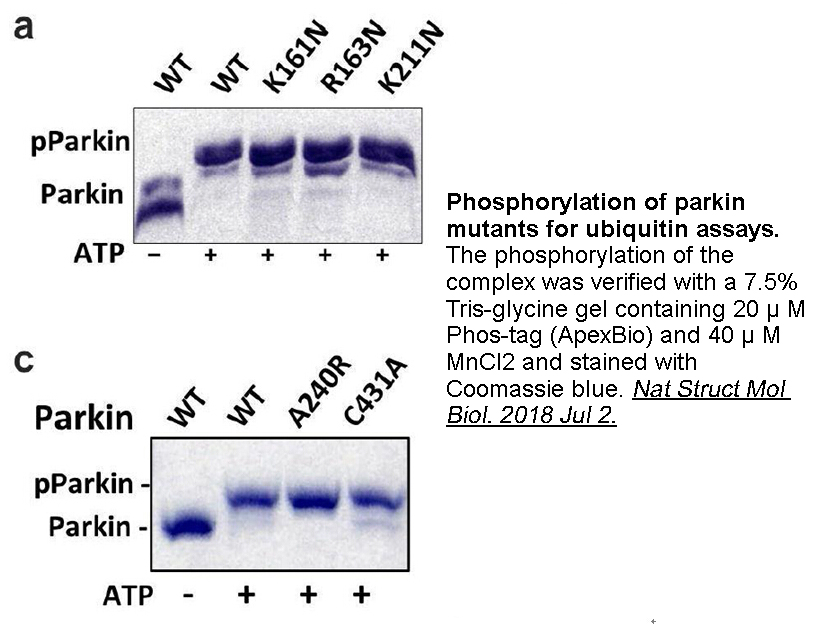
In addition to the four classical FGFRs there is an additional receptor, FGFR like-1 (FGFRL1, also known as FGFR5) (Ornitz and Itoh, 2015, Trueb et al., 2003). FGFRL1 gene was discovered in a cartilage specific cDNA library in 2000 (Trueb, 2011, Trueb et al., 2003) and thereafter it has been found i
-
br Material and methods br Acknowledgements and funding The
2022-02-26
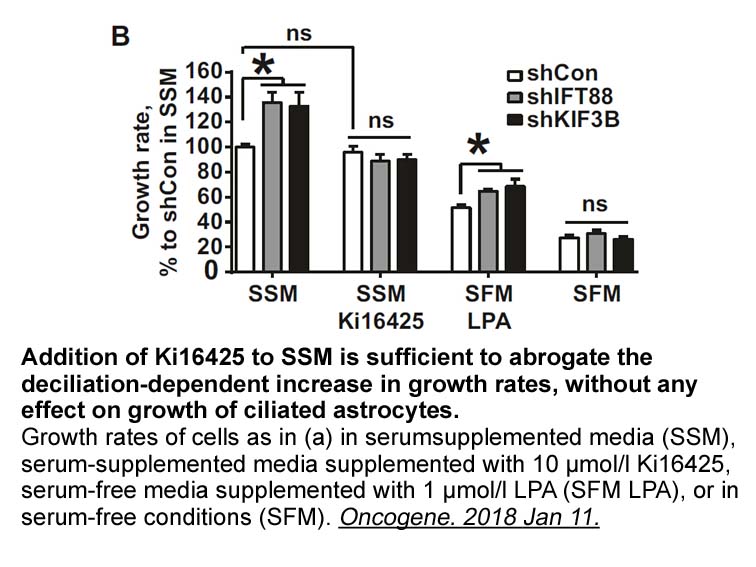
Material and methods Acknowledgements and funding The authors thank Katharina Elsässer for technical support and Emma Esser for careful editing of the manuscript. We also thank Marcus Conrad for providing Liproxstatin-1 and advisory comments and discussion on the manuscript. This work was part
-
C prevents the glutamate and erastin induced ROS accumulatio
2022-02-26
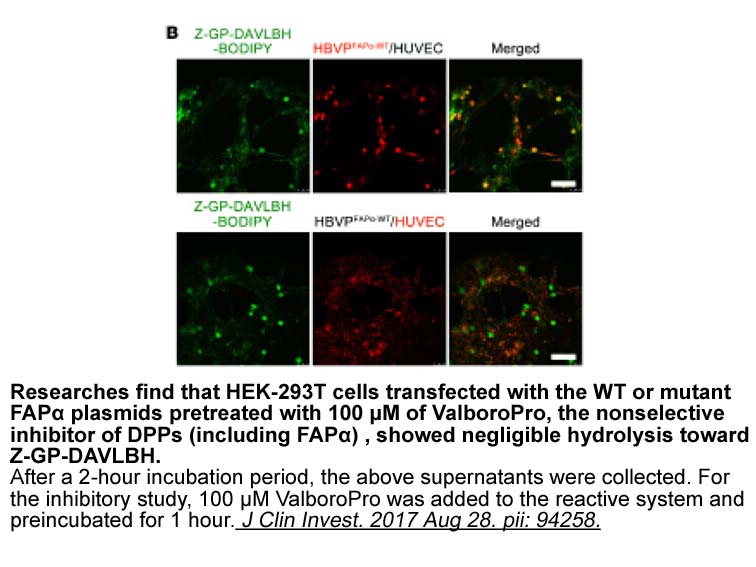
C16 prevents the glutamate- and erastin-induced ROS accumulation but does not affect the decrease in GSH, indicating that prevention of ROS accumulation by C16 is not due to the restoration of GSH levels. Instead, C16 itself possessed superoxide anion scavenging activity in vitro at similar concentr
-
br Experimental br Acknowledgments br Human immunodeficiency
2022-02-26

Experimental Acknowledgments Human immunodeficiency virus-1 (HIV-1) is the causative agent of acquired immunodeficiency syndrome (AIDS), and without treatment results in a debilitating disease that cripples the immune system of the patient, increasing susceptibility to opportunistic diseases
-
Betahistine N methyl pyridyl ethylamine is a well
2022-02-26

Betahistine (N-methyl-2-(2-pyridyl)ethylamine) is a well-known dual H1 VX-702 synthesis agonist/H3 receptor antagonist with structural resemblance to histamine. Though it has been approved long before the discovery of H3R to treat disorders of vestibular function as Menières-Disease, the evidence f
-
66 8 Mammals have three known Gli proteins Gli and
2022-02-25
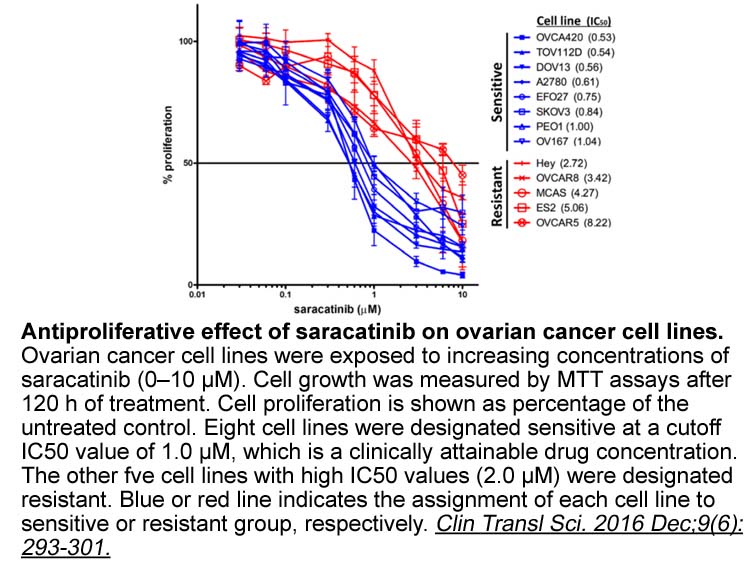
Mammals have three known Gli proteins: Gli-1, -2 and -3. Gli-1 does not undergo proteosomal degradation and hence, remains untruncated and always acts as a transcription promoter. Gli-1 is an important target gene for Gli-2. Full-length Gli-2 accumulates when Smo is activated because activated Smo p
15938 records 476/1063 page Previous Next First page 上5页 476477478479480 下5页 Last page